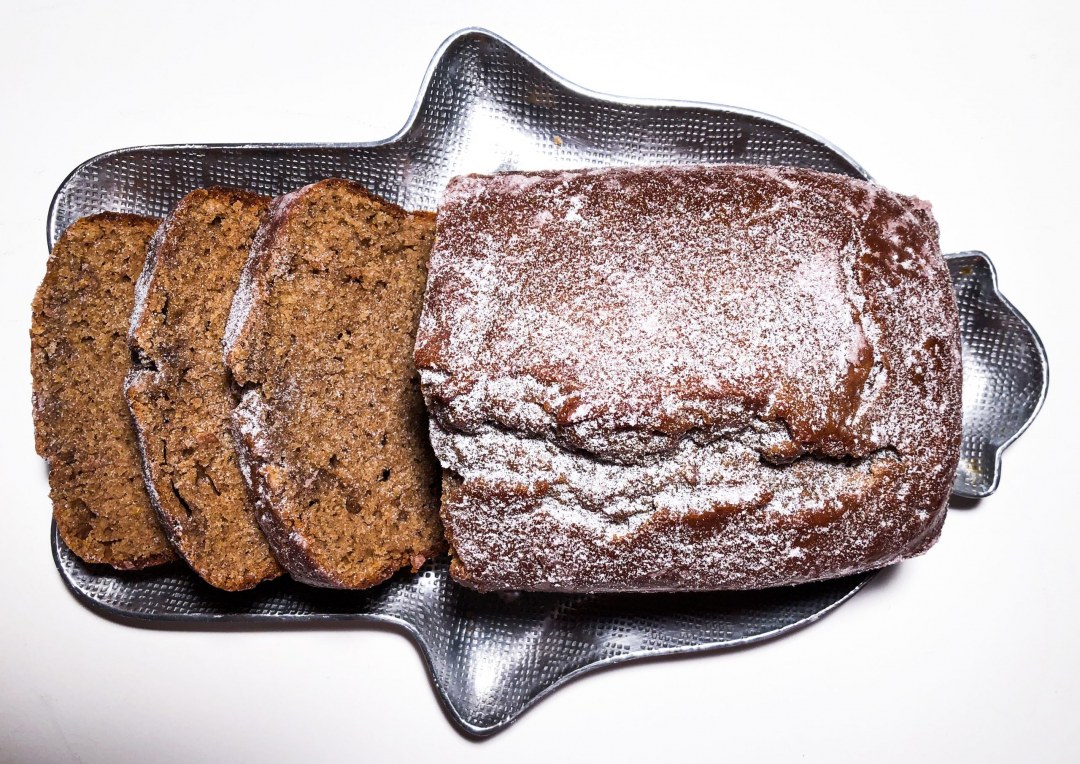Hanukkah (from the old Hebrew verb khanakh meaning “to dedicate/consecrate”) is an annual Jewish celebration that commemorates the time when a group of Jewish resistance fighters, known as the Maccabees, miraculously won a final battle against their Hellenistic/Greek oppressors and regained control of the Second Temple in 165 B.C.E.
The Second Temple in Jerusalem (following the First Holy Temple — A.K.A. Solomon’s Temple — that was destroyed by the Babylonians in 587 B.C.E.) had been defiled by the Greeks who had set up an altar for their pagan rituals. When the Maccabees reentered the Temple they had to purify it before rededicating it. According to the story in the Talmud, pure olive oil was necessary for the special seven-branched oil lamp (menorah) to illuminate the Temple each night. But only one unopened flask properly sealed by the High Priest had been recovered after the battles. This single vessel was considered to contain enough oil to last only for one night. But instead it lasted for eight. It is for this supposed miracle that we also refer to this eight-day holiday as the Festival of Lights.
As with so many of the Jewish holidays, food and rituals are used as a means to commemorate our history and help us to connect the past to the present for the next generation. But beyond the literal meaning of the Hanukkah story we also strive to convey such underlying cultural messages as sanctification over desecration, celebration over oppression, victory over defeat, and courage over fearfulness.
Over time, a special eight-branched menorah appropriately called a Hanukkiah evolved that could be used outside of the sanctuary1 to mark the anniversary of the Maccabean victory in Jewish history. But it is unclear as to when the first true Hanukkiah was utilized. Lighting this special candelabra not only symbolizes the triumph of sanctification over desecration, but victory over defeat by directly recalling the miracle of the oil that burned for eight nights instead of one when the Second Temple was saved. By placing the Hanukkiah by our home window facing out for all to see we celebrate lightness over oppression by openly announcing who we are as Jews instead of hiding in private under cover of darkness.
Preparing dishes made with oil such as the traditional fried potato pancakes (latkes) and jelly doughnuts (sufganiyot) naturally recalls the miracle of the oil that lasted for eight nights instead of one. But there is also the less direct symbolism of incorporating dairy products into the Hanukkah menu as a way to honor Judith who saved the Israelites from the Assyrians. Judith seduced the enemy general Holofernes with generous amounts of cheese and wine, and when he passed out she cut off his head with his own sword. Even though this story supposedly took place a couple of hundred years before the Hanukkah event, it parallels the theme of courage over fearfulness.
Going back at least as early as the 4th century B.C.E., the Romaniote Jews (from the old term Romaioi that once referred to people of the Eastern Roman Empire) are considered to be the oldest Jewish community from Greece, as well as one of the oldest Jewish communities in the world today. They spoke their own dialect called Judeo-Greek, and were a different community from the Spanish/Ladino-speaking (Sephardic) Jews who arrived in the late fifteenth century when fleeing the Spanish and Portuguese Inquisitions.
Hanukkah has traditionally been a minor Jewish holiday. But because of its proximity to Christmas on the calendar in the Western world (especially in North America) Hanukkah parties and the custom of gift-giving have become more popular. Although most of the older individuals I spoke with shared with me that Hanukkah was not such a “big deal” in their home while growing up, they did recall eating a special food during that time that had some symbolic connection to the Hanukkah story. Marcia Haddad Ikonomopoulos, whose family has Sephardic roots from Salonika, shared that she always ate Prasa Keftedes (Ladino for “leek fritters” with eggs and matzah meal) and Boumwelos/Bumuelos (Ladino for “fried dough pastries” from the Old Spanish verb abuñolar meaning “to brown”) 2 drizzled with honey. Rashel Cohen, whose family comes from the cities of Lárisa and Vólos in the Thessaly region recalls eating leek fritters with a kosher sheep’s milk cheese added called kasseri. On the first night she also ate fried balls of dough doused with honey and cinnamon called Loukoumades (likely from the Arabic luqma meaning “mouthful/morsel” 3). In the “Cookbook of the Jews of Greece” Mr. Stavroulakis lists a whole wheat pancake recipe from Ioannina called Tiganites that is made with honey, ouzo, walnuts and fried in olive oil. In all of these special foods we see how the use of olive oil has been incorporated to recall the vessel of pure olive oil found by the Maccabees in the Second Temple.
I developed an olive oil and wine cake recipe that’s perfect for Hanukkah but a departure from the more common fritter/pancake or fried doughnut. Instead of butter or vegetable oil I use extra virgin olive oil that is reminiscent of the pure olive oil found by the Maccabees upon the liberation of the Second Temple. I also add milk and red wine to recall the dairy and wine that Judith fed to Holofernes to get him drunk before killing him in order to save the Israelites. Although this style of cake fits more into the family of sweet breads like zucchini bread or carrot cake, the combination of olive oil and red wine with cinnamon, cloves, and lemon zest creates an earthy fall flavor that isn’t overly sweet and a perfect addition to your holiday table!
Hanukkah Alegre!
Καλή όρεξη!

